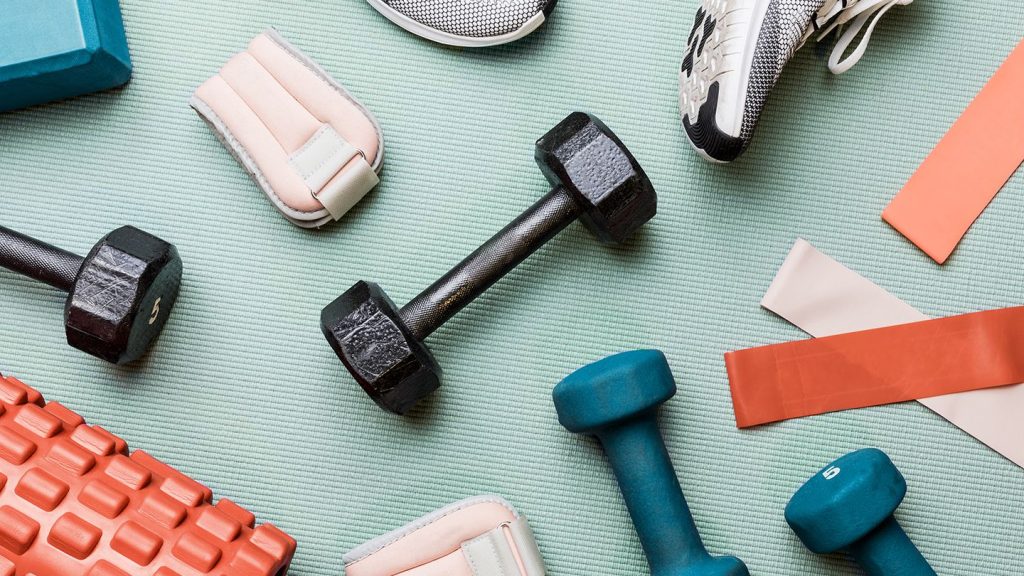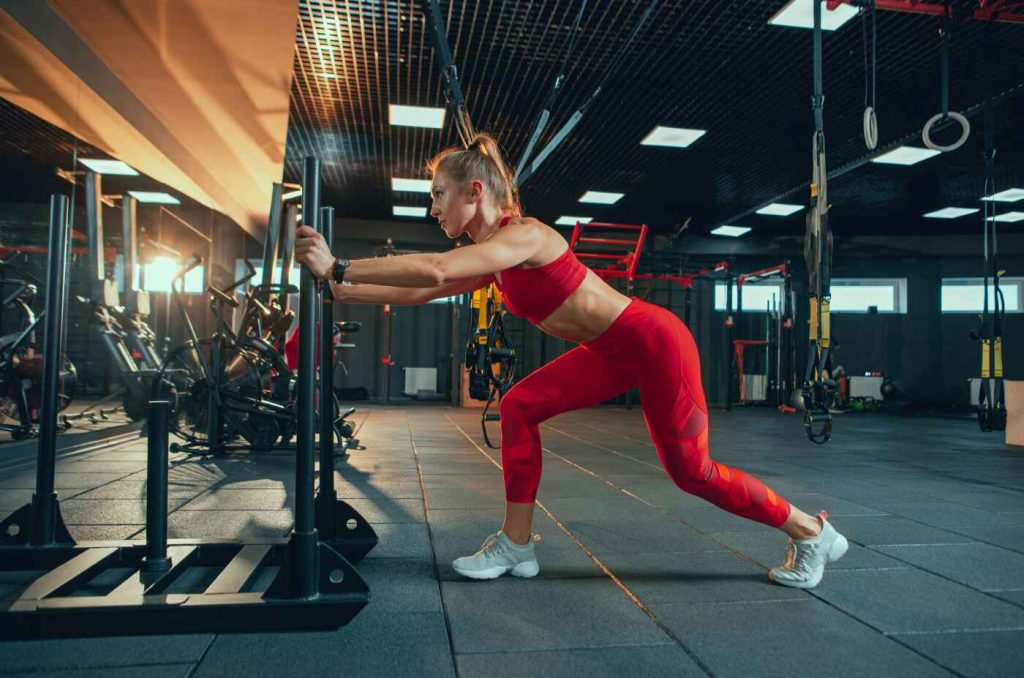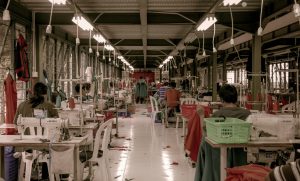Ready to start your journey? Yes, then goal setting is a straightforward yet crucial first step towards unlocking your full potential whether you’re an experienced athlete or just a beginner. This blog will explore the significant impact that goal setting can have on your fitness endeavours and look at how creating goals can help you succeed including igniting your motivation whilst developing your self-discipline and perseverance. So, are you ready to unleash your potential and embark on a journey to success? Great, let’s get started!

Why Does Goal Setting Matter in Fitness?
There are endless possibilities in the fitness world so setting clear and meaningful goals provides direction and motivation. They will guide you towards your aspirations, whether it’s running a marathon, losing weight or simply improving overall health. Here’s why goal setting is crucial:
- Importance of direction and focus: Specific goals allow you to tailor training to reach your objectives, such as increasing strength or improving endurance. Research has shown that setting specific fitness goals can enhance performance.
- Motivation and accountability: Goal setting can fuel your motivation, driving you forward even when you feel like giving up. So, share your goals with others on social media to increase your accountability and commitment.
- Sense of accomplishment: Achieving your goals should boost your self-confidence and create a feeling of pride. Therefore, each milestone provides evidence of your progress and should be celebrated, no matter how small.
For instance, when I decided to run my first 10k race, setting a specific goal of running three times a week helped me steadily progress towards my target distance. Still not convinced that goal setting helps you reach your potential? Check out the video below to hear from the Olympians themselves!
SMART Goals
Goal setting in fitness can be complicated so using the SMART criteria provides an effective structured approach. Here’s what SMART stands for:
- Specific: Clearly define what you want to achieve. For example, instead of a vague goal like “lose weight,” specify “exercise three days a week.”
- Measurable: Establish key metrics to track progress. This could involve tracking your workouts, your daily food intake, or your weekly run mileage.
- Attainable: Always make your goals realistic. If you consistently set overly ambitious goals, it can lead to disappointment which slows progress.
- Relevant: Ensure your fitness goals align with your overall objectives and lifestyle. It is important to consider how achieving your goal contributes to your long-term well-being.
- Timely: Set a clear timeline for your goal. For example, rather than aiming to “run a 10k someday,” specify “complete a 5k in three months” to help you stay on track.

Crafting Your Action Plan
Developing an action plan is crucial for turning your fitness goals into reality. Here’s how to get started:
- Break it down: Divide your overarching goal into smaller steps. For example, if your goal is to run a marathon, break it down into weekly mileage targets.
- Schedule workouts: Set aside dedicated time for exercise in your weekly schedule. Treat this time as non-negotiable commitments so your fitness is prioritised.
- Track your progress: Use a fitness journal, app, or wearable device to monitor your workouts and progress towards your goals.
- Adjust as needed: Always be flexible and willing to adapt your action plan based on your progress and changing circumstances. It is okay to take a step back to go forwards!
By creating and using a detailed action plan, you’ll be well on your way to achieving your fitness goals. For guidance on the best free fitness apps to monitor your workouts, check out this helpful video:
Maintaining Motivation
Staying motivated on your fitness journey is crucial for long-term success. So, here are some tips to help you stay on track:
- Ask your friends: Exercising with a friend can make workouts more enjoyable whilst also holding you accountable. A study found that working out with a friend can promote greater weight loss in the short and long term than exercising alone.
- Celebrate Milestones: Recognise and reward your progress when you achieve a milestone or reach a goal such as a treating yourself to a new workout outfit.
- Keep it fun: Try to mix up your workouts to prevent boredom and stay engaged. Fun is different for everyone, so do what is right for you.
- Stay Positive: Maintain a positive attitude and remind yourself off the benefits of regular exercise such as increased energy, improved mood, and better overall health.
Looking for an extra dose of inspiration? Check out this video to hear some of the best motivational quotes from famous athletes:
Overcoming Challenges
Whilst achieving your fitness goals, you are likely to encounter challenges that can slow your progress. There are common hurdles that many encounter on their fitness journey including a lack of time and changing motivation levels. However, these obstacles can be overcome with the right strategies:
- Time management: Prioritise your workouts and schedule them into your daily routines.
- Finding Motivation: Seek sources of motivation through friends or motivational quotes from athletes to maintain the drive to exercise.
- Access to resources: If you’re facing issues such as financial constraints or having limited access to equipment, try to remain resilient and creative when finding solutions.
For inspiration, watch this video of Michael Jordan triumphing over setbacks in his career:
Goal Refinement and Progression
As you progress on your fitness journey, it’s essential to periodically review and refine your goals. This simple process allows you to adjust your objectives based on your changing capabilities. So, here’s how to effectively refine and progress your goals:
- Reflect on your progress: Take time to evaluate your current achievements to assess whether your goals are still appropriate.
- Adjust as needed: If you’ve surpassed a goal or it no longer challenges you, consider setting new, more ambitious objectives to keep yourself motivated and improving.
- Focus on sustainability: Always aim for balance in your fitness endeavours and ensure that your goals promote long-term health and wellbeing rather than just short-term results.
- Seek new challenges: Embrace opportunities to explore different fitness activities or training methods to prevent boredom and continue growing both physically and mentally.
By regularly refining and progressing your fitness goals, you can be constantly improving and maintain your enthusiasm on your journey towards optimal health and performance.

Wrapping it Up
Congratulations on taking the first steps toward achieving your fitness goals! Remember, success is a journey, not a destination. We’d love to hear about your progress and experiences, so feel free to share your feedback and and additional tips you may have. Together, we can strive for greatness!
















